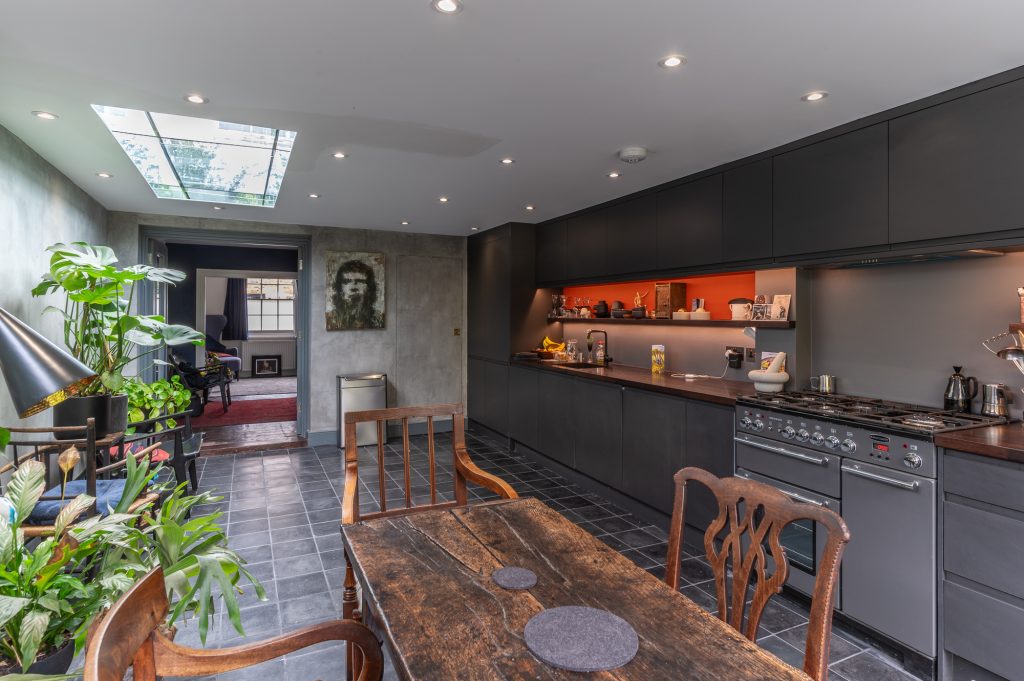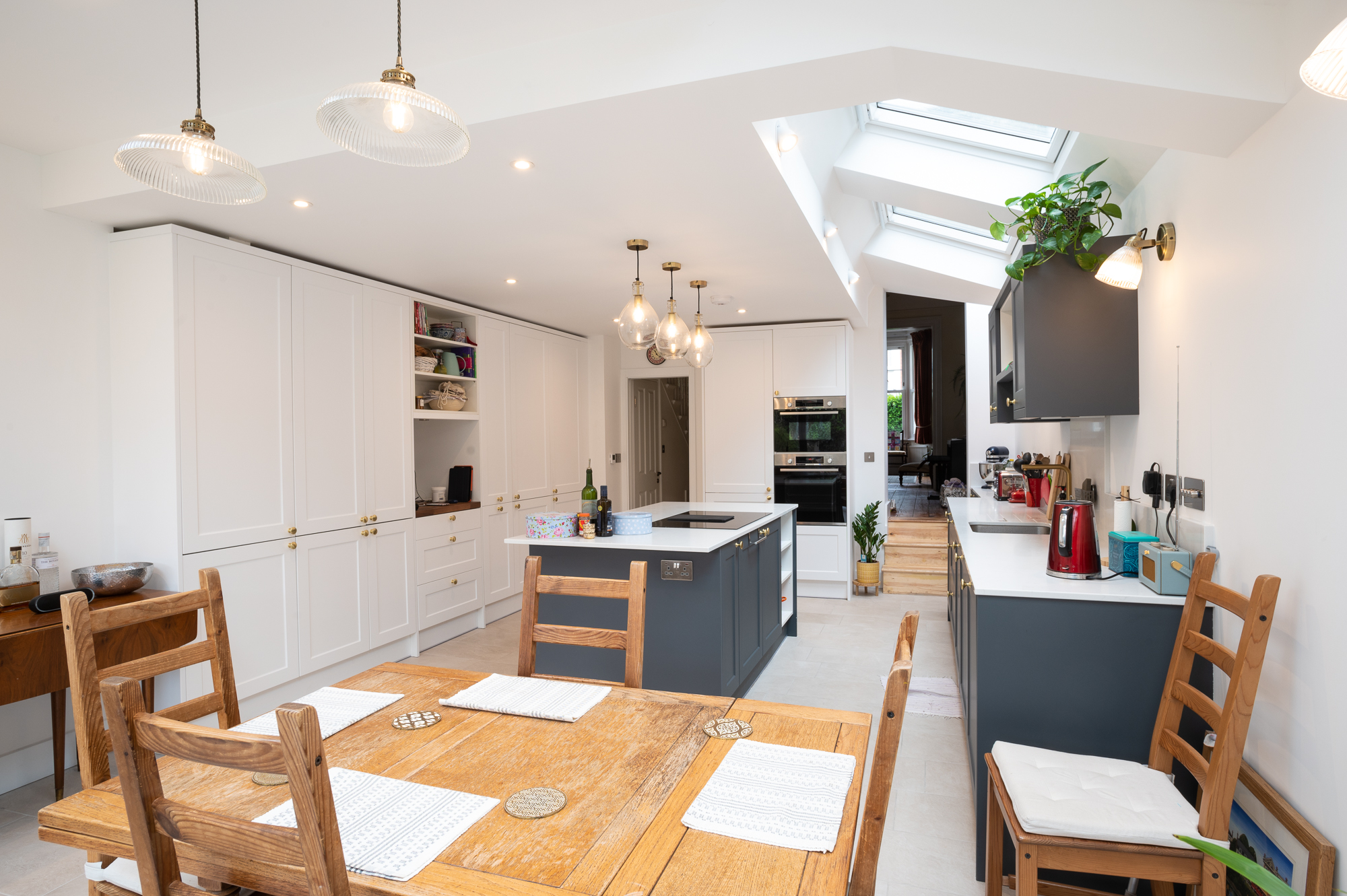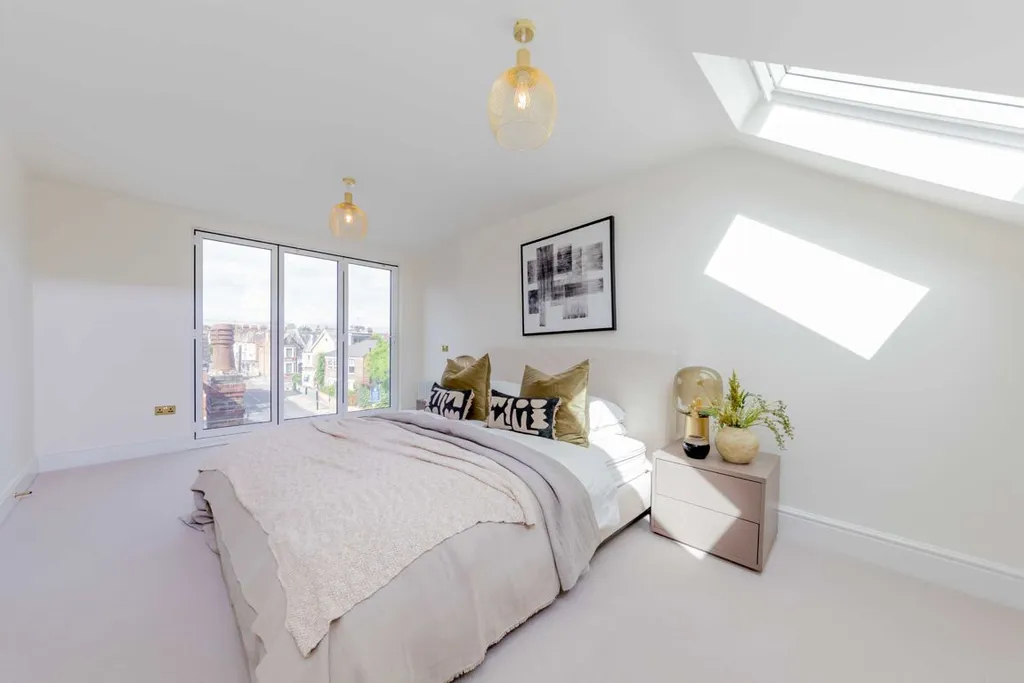The heart of a home, the kitchen, invariably takes centre stage in your everyday routine. This is true whether you use the kitchen to prepare elaborate meals for family and friends, or simply to make rushed lunches on busy mornings. That being said, most kitchens do not cater to the needs of the modern household.
A kitchen extension helps you change that. Kitchen extensions allow you to expand, extend, and upgrade your kitchen to suit your family’s lifestyle while adding space and value to your beautiful home.
Sustainable kitchen extensions take this a step further. They allow you to drastically reduce the environmental impact of the process, your carbon footprint, and your energy bills, all while creating a long-lasting space that is perfectly suited to meet present and future needs.
And with the right help, smart designs, and expert advice, your favourite room can become even more inviting, appealing, and sustainable than ever before.
Why is sustainability so important in kitchen extensions and refurbishments?

The importance of sustainable practices in kitchen extensions lies in their ability to contribute positively to your well-being, the environment, and the community. This is because sustainability affects every aspect of the construction process, and long after.
Some of the key ways in which incorporating sustainability into kitchen extensions and refurbishments helps are:
- Reducing environmental impact
- Increasing energy efficiency
- Reducing waste
- Saving long-term costs
- Improving indoor air quality
- Building resilience to climate change
- Increasing property value
- Meeting social responsibility
- Complying with environmental standards and certifications
Quite simply, integrating sustainability practices into kitchen extensions and refurbishments is not only environmentally responsible but can also lead to long-term cost savings and a healthier living environment.
How can you design and build a sustainable kitchen extension?

Planning a sustainable kitchen extension involves thoughtful consideration of materials, energy use, water efficiency, and overall environmental impact. Here’s a guide to help you plan the ultimate sustainable kitchen extension:
- Orientation
While most kitchen extensions are constructed at the rear of a property, incorporating passive design principles, such as using thermal mass and natural ventilation, allows you to optimise energy efficiency.
Similarly, the extension can be oriented to maximise natural light and provide passive solar heating. For example, large windows on south-facing walls enable you to capture ample sunlight during the winter months. - Lighting
The strategic placement of skylights, windows, and even glass doors increases the amount of natural light that comes in while helping you to bring the outdoors in. Daylighting also allows you to drastically reduce the use of artificial lighting during the daytime, which leads to decreased electricity and HVAC costs, allowing you to enjoy lowered utility bills.
Additionally, you could use LED or CFL light bulbs to reduce energy consumption and increase the lifespan of lighting fixtures. - Appliances
A kitchen extension is a good time to reassess the use of old and energy-draining appliances.
Appliances are typically rated on an A to G scale. So, an A-rated appliance uses significantly less energy than a B or C-rated one. This includes everything from ovens to refrigerators.
The size of the appliance also impacts its energy efficiency. So, consider purchasing smaller or mid-sized devices to save on energy bills. Similarly, opt for appliances with smart features that allow for better energy management. - Renewable energy sources
It is not enough to simply cut down on energy usage. Generating renewable, clean energy is a crucial aspect of sustainability.
Explore the possibility of installing solar panels on the roof to generate renewable energy for the kitchen. Consider other renewable energy sources like wind or geothermal, depending on your location and feasibility. - Water efficiency
Much like electricity, using water consciously and efficiently makes a big difference in the sustainability of your home.
Install water-efficient fixtures such as low-flow faucets, aerators, and high-efficiency dishwashers. Consider a greywater system to reuse water from sinks and appliances for non-potable purposes like irrigation. - Sustainable materials
The building materials used, their source, their environmental impact, and their durability, all have a profound impact on the sustainability of your kitchen extension. While the final choice depends on the availability, cost, and aesthetic you seek, some resources to explore include:- Sustainably and responsibly sourced materials
- Locally sourced materials (to reduce transportation-related environmental impact)
- Recycled or reclaimed materials
- Waste reduction
Plan for efficient waste management during construction to reduce the amount of waste sent to landfills. Recycle or repurpose materials from the existing structure wherever possible. - Green roof or living wall
Consider incorporating a green roof or living wall to enhance insulation, reduce stormwater runoff, and improve air quality. - Ventilation
Invest in an energy-efficient ventilation system to maintain good indoor air quality while minimising energy use. Consider heat recovery ventilation (HRV) systems to recover and reuse heat from the air. - Smart home technologies
Incorporate smart home technologies for efficient energy management. This can include programmable thermostats, smart lighting systems, and energy monitoring devices. - Durable finishes
Choose durable and low-maintenance finishes to reduce the need for replacements and renovations in the future. Opt for finishes with a low volatile organic compound (VOC) content for better indoor air quality. - Consult with professionals
Planning for the future requires diligent research, considerable forethought, and an incredible understanding of green practices. Therefore, it becomes essential to work with architects, builders, and contractors experienced in sustainable design to ensure your vision for a sustainable kitchen is effectively implemented.
- Orientation
The kitchen is a source of warmth and comfort within a home, and a kitchen extension is a firm favourite among homeowners. Upgrading this space brings space, style, and value to your home. Add to that the opportunity to make your kitchen energy-efficient, durable, and sustainable, and there is no looking back.
After all, what is better than having a kitchen that is not just bright, warm, spacious, and inviting, but also allows you to reduce your energy consumption, your carbon footprint, and the amount of money you spend on utility bills?
Looking for ideas to create your own energy-efficient and sustainable kitchen extension? At Good Design & Build, we pride ourselves on offering you a complete solution, from planning to completion. See our recently completed projects, get inspired, and start your dream home journey with us today!




